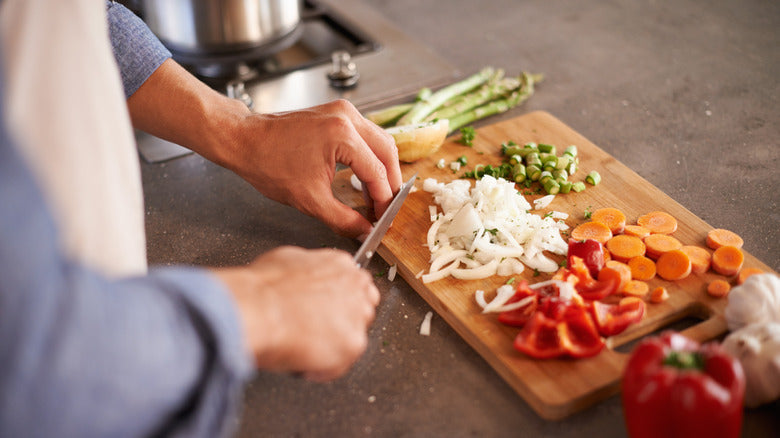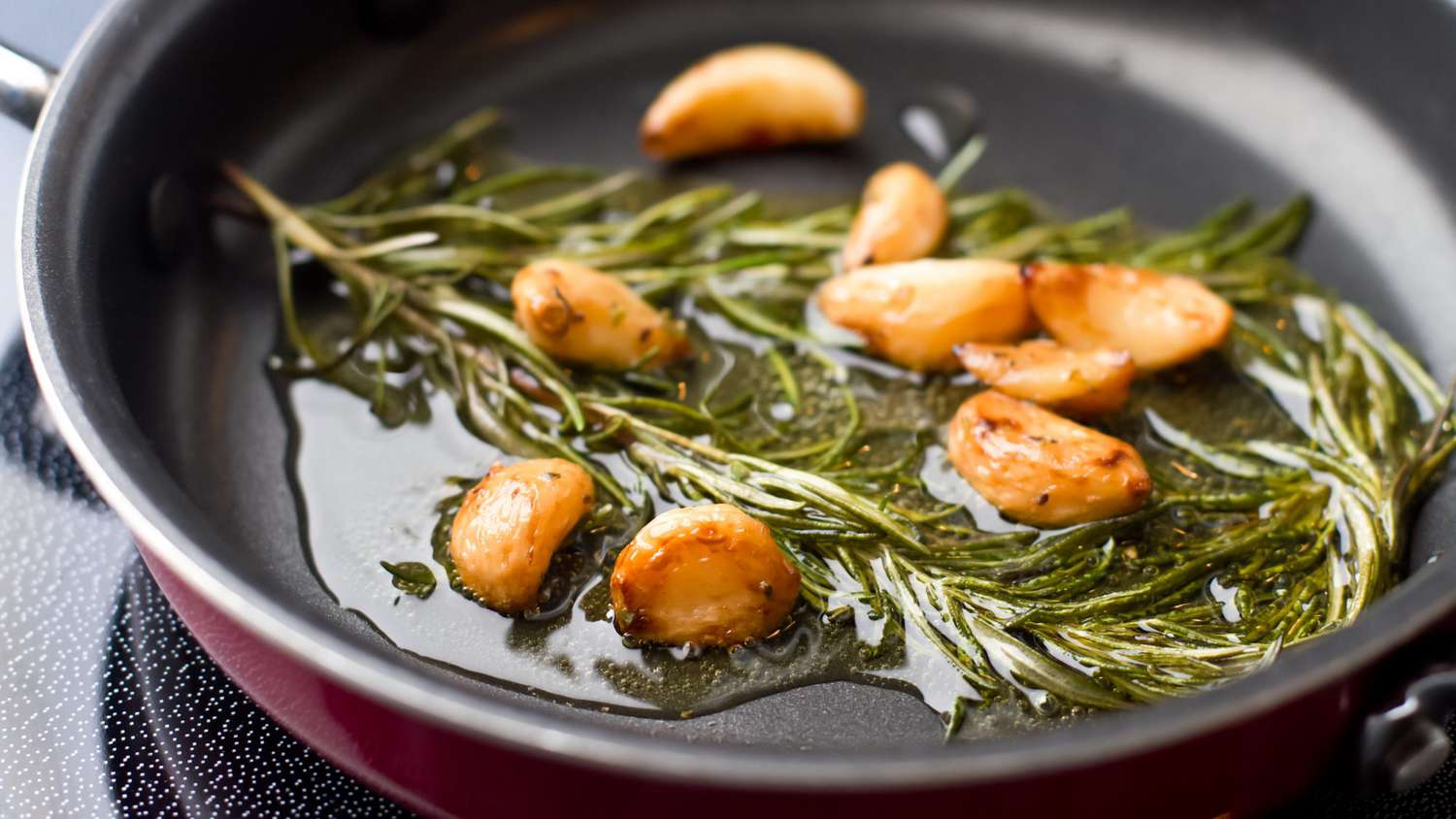For professional chefs and passionate home cooks, a cutting board is an essential kitchen tool. However, constant use can leave even the finest boards looking dull, rough, or cracked. Wondering how to restore cutting board to its former glory? Restoring your cutting board properly not only revives its functionality but also improves food hygiene in your kitchen.
In this guide, we'll walk you through a detailed breakdown of care and restoration for your cutting board. Whether you're working with bamboo, hardwood, or plastic boards, the right techniques can make all the difference.

Why Restoring and Maintaining Cutting Boards Are Essential
Before diving into cutting board restoration, it's essential to understand the 'why.' Cutting boards are often exposed to knives, moisture, heat, and bacteria. Without proper care, they can warp, crack, or become a breeding ground for germs. For food safety and longevity, periodic restoration ensures your boards stay in their best condition.
Wooden cutting boards, for instance, can dry out over time, leading to surface splits and rough edges. Plastic cutting boards, on the other hand, may accumulate deep cuts that harbor bacteria. For more tips on cleaning plastic boards, check out this guide.
Step 1: Evaluate the Condition of Your Cutting Board
Before starting the restoration process, inspect your cutting board. Look for deep grooves, knife scars, cracks, discoloration, or mold. Understanding the state of your board helps you choose the right restoration techniques.
- For minor knife marks, light sanding and conditioning might be sufficient.
- Deep cracks may call for professional intervention or replacement.
- Discoloration and smells can often be treated with cleaning and deodorizing.
You can also learn more about common cutting board dilemmas here.
Step 2: Clean Thoroughly Before Repairs
The first step in restoring a cutting board is a thorough cleaning. A clean surface ensures youre not sanding in debris or bacteria. Heres how to clean different materials:
Wooden Cutting Boards
- Use warm, soapy water and gently scrub the surface with a sponge.
- Rinse thoroughly and pat dry with a towel.
- For odor or stains, use a mixture of baking soda and lemon juice for natural deodorizing.
- Let the board air-dry completely before moving on to sanding or refinishing.
Plastic Cutting Boards
- Use dish soap and hot water to remove residue.
- If necessary, scrub deeper grooves with a cleaning brush.
- Sanitize by soaking the board in a diluted vinegar or hydrogen peroxide solution for 10 minutes.
- Rinse and allow to dry fully before proceeding.
For more guidance, explore cutting board sanitizing tips.
Step 3: Sand Down the Surface
If your wooden cutting board has visible scratches or rough textures, sanding is the next step. Sanding helps remove imperfections while preparing the surface for refinishing. Follow these steps:
- Start with coarse-grit sandpaper (around 80-grit) to even out deep marks.
- Gradually move to finer grits (up to 220-grit) for a smooth surface.
- Always sand in the direction of the wood grain to avoid creating new scratches.
- Wipe away sawdust with a damp cloth once you've finished sanding.
Need inspiration for repurposing boards after restoration? Check out decorating ideas.
Step 4: Rehydrate Your Wooden Cutting Board
Wood loses its natural oils over time, especially after prolonged use and washing. Rehydration not only restores your wood board's look but also prevents cracking and splitting.
Use a food-safe mineral oil or beeswax conditioner for this step:
- Apply a generous amount of oil to the surface using a clean cloth or brush.
- Let the oil soak into the wood overnight.
- Wipe off excess oil with a dry, clean towel before using the board again.
For more on the benefits of wood cutting boards, visit this article.
Step 5: Sealing and Polishing
After oiling, add an additional layer of protection by applying beeswax or a homemade cutting board conditioner. This step locks moisture into the wood while creating a barrier against stains and odors.
How to Apply Beeswax:
- Warm the wax slightly to make application easier.
- Spread a thin layer over the board using a soft cloth.
- Buff in circular motions until the surface shines.
Step 6: Maintain a Restored Cutting Board
Once you've restored your cutting board, regular maintenance can extend its lifespan:
- Always clean immediately after use to prevent stains and smells.
- Avoid soaking in water, as it can warp wooden boards.
- Perform light sanding and oiling every few months or as needed.
- Keep separate boards for raw meats to avoid cross-contamination.
For additional safety tips, learn about sanitizing boards effectively.

FAQs
1. What oil is best for cutting board restoration?
Food-safe mineral oil is the top choice. Avoid cooking oils like olive oil, as they can turn rancid over time.
2. How often should I oil my cutting board?
For a heavily used board, oiling once a month is recommended. Boards with less use can be oiled every 36 months.
3. Can I restore a plastic cutting board?
Yes! While you cant oil plastic, sanding down deep cuts and sanitizing thoroughly can restore its surface.
Restoring cutting boards doesnt have to be complicated, but attention to detail and commitment make the process worthwhile. By following the steps above, you can confidently answer the question of how to restore cutting boardand extend the life of one of the most essential tools in your kitchen!
This article contains affiliate links. We may earn a commission at no extra cost to you.






Leave a comment
This site is protected by hCaptcha and the hCaptcha Privacy Policy and Terms of Service apply.